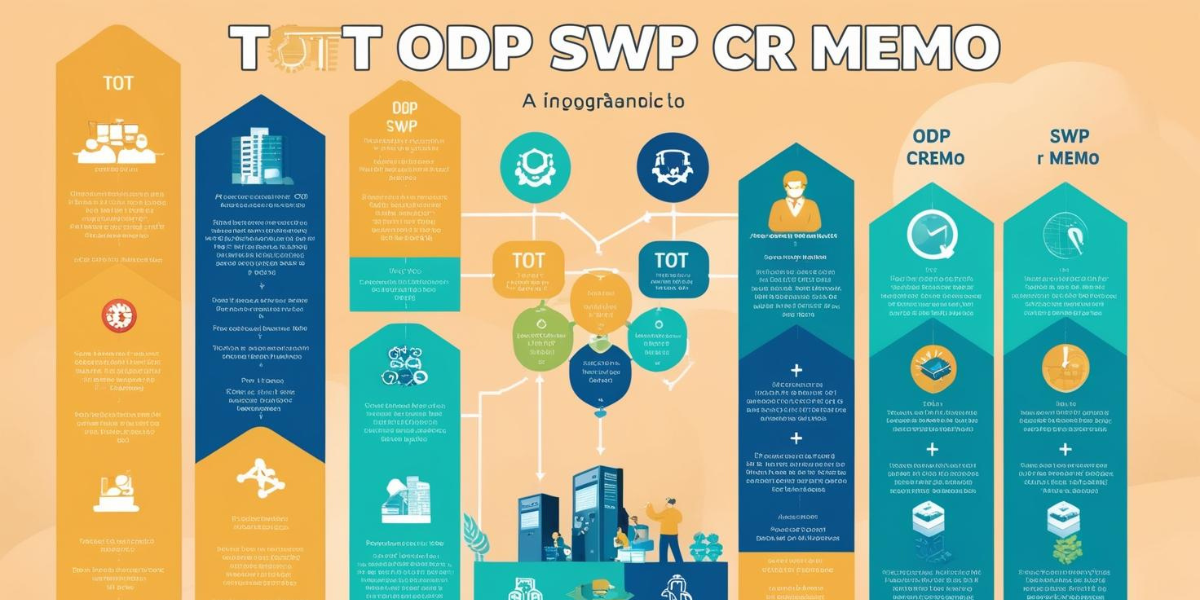Amazon has always been a titan in the e-commerce industry, but its latest rise has caught the attention of both investors and analysts. This surge has been prominently highlighted by Amazon Soper Bloomberg, the renowned global business and financial news platform. The recent discussions around Amazon’s impressive growth and the strategies behind it have sparked widespread interest.
In this article, we will delve into the factors driving Amazon’s success, how Bloomberg’s analysis provides insight into its soaring trajectory, and what this means for investors, business owners, and customers alike. By exploring this story, we can better understand how Amazon is shaping the future of retail and tech, with insights from one of the most trusted sources in business news.
The Changing Landscape of E-Commerce and Technology
The Challenge for Amazon
Over the last few years, Amazon has faced a rapidly changing business environment. As the e-commerce industry grew, so did competition. Giant retailers like Walmart, Target, and Alibaba made significant strides, while emerging tech companies introduced innovations in AI, logistics, and cloud computing.
For Amazon, staying ahead of the curve became increasingly challenging. Its dominance was being tested by various industry players, both in the online shopping space and in cloud computing, where Amazon Web Services (AWS) holds a strong position. These external pressures have led Amazon to rethink its strategies to sustain growth and retain its competitive edge.
Read Also: TheSpark Shop Gaming Wireless Bluetooth Earbuds
How Amazon Faces Challenges Amid Growth
Increased Competition from Tech Giants
While Amazon has made strides with AWS, its traditional e-commerce platform has faced increasing challenges. The rise of competitors such as Walmart and Target, both of whom are investing heavily in their online and delivery infrastructure, has pressured Amazon to innovate rapidly.
Global Expansion and New Markets
As Amazon seeks to expand into new international markets, it must overcome regulatory hurdles, logistical challenges, and fierce competition from local giants. The expansion into countries with different cultures, shopping habits, and technology infrastructures presents both opportunity and complexity.
The Public’s Scrutiny
As Amazon grows, so does its scrutiny. From privacy concerns regarding the Alexa platform to labor practices in warehouses, Amazon is often under the microscope. These challenges impact its public image, something the company needs to manage effectively as it continues to grow.
Read Also: Growth your business using success100x.com factors in digital age
Amazon’s Strategic Response to Growth
Despite these challenges, Amazon has proven that it can adapt and thrive. Bloomberg has extensively covered Amazon’s ongoing efforts to maintain its leadership in multiple sectors. Here’s a breakdown of the key strategies that have propelled Amazon’s recent success:
1. Expansion into AI and Automation
Amazon’s commitment to leveraging AI technology is driving its growth across various domains. From Amazon Echo devices to Alexa, the company is integrating AI into its retail operations, making it more efficient and customer-friendly. Amazon also heavily invests in robotics and automated warehouses, allowing the company to fulfill orders faster and at lower costs.
2. Enhanced Logistics and Delivery Systems
A significant portion of Amazon’s success comes from its logistics network. With its fleet of delivery vans, airplanes, and drones, Amazon is revolutionizing how goods are shipped. Bloomberg reports that Amazon is aggressively investing in its last-mile delivery network to ensure faster and more reliable delivery times.
3. Strengthening AWS and Cloud Computing Services
Amazon continues to lead the cloud computing industry with AWS, which generates significant revenue for the company. Amazon’s strategy has been to offer a broad range of cloud services that cater to both startups and large enterprises. According to Bloomberg, AWS continues to expand its offerings, making it the backbone of Amazon’s revenue stream.
4. Focusing on Sustainability
Sustainability is at the forefront of Amazon’s future goals. From reducing carbon emissions to making its supply chain more sustainable, Amazon is aligning its operations with environmental goals. The company aims to achieve net-zero carbon emissions by 2040, as part of its commitment to corporate social responsibility.
5. Enhancing the Prime Experience
Amazon Prime remains one of the most successful subscription models ever created. With perks ranging from fast shipping to access to streaming services like Amazon Prime Video, the platform continues to offer value to its millions of members. Bloomberg’s analysis suggests that Amazon is continually improving its Prime service to retain and grow its user base.
6. Aggressive Mergers and Acquisitions
Amazon has recently made strategic acquisitions to boost its position in e-commerce, retail, and technology. Whether it’s acquiring Whole Foods to enhance its grocery business or its venture into Pharmacy, Amazon is diversifying its portfolio to stay ahead.
Read Also: Exploring the Coyyn.com Gig Economy: What You Need to Know
Key Takeaways
Amazon’s continued success, highlighted by Bloomberg’s analysis, can be attributed to a combination of innovation, strategic acquisitions, and robust customer service. Through AI, cloud computing, logistics, and sustainability efforts, Amazon is laying the groundwork for sustained growth. The company is tackling external pressures head-on by adapting to changing markets and competing in a rapidly evolving tech landscape.
Tables and Listings Amazon’s Key Strategic Areas
Amazon’s Key Strategies for Growth
| Strategy | Description | Impact on Growth |
|---|---|---|
| AI & Automation | Investment in AI and robotics to improve efficiency. | Faster fulfillment and improved customer experience. |
| Logistics & Delivery Systems | Expanding and optimizing last-mile delivery systems. | Reduced delivery time and improved customer satisfaction. |
| AWS Cloud Services | Strengthening AWS as the core revenue driver. | Increased cloud revenue, continued dominance in the market. |
| Sustainability Initiatives | Focusing on sustainability, including carbon reduction goals. | Positive public image and reduced environmental impact. |
| Prime Service Expansion | Enhancing the Prime experience with new benefits like video streaming and faster shipping. | Higher member retention and increased market share. |
List of Amazon’s Recent Acquisitions
- Whole Foods: Strengthening its position in the grocery market.
- Ring: Acquiring a smart doorbell company to expand its home security offering.
- Zoox: Innovating in autonomous vehicle technology for future logistics.
- Twitch: Diversifying into live streaming and gaming content.
- MGM: Enhancing its Prime Video catalog to compete with Netflix.
Read Also: Viprow.us.com: A Complete Guide to Free Online Sports Streaming
Frequently Asked Questions About Amazon Soper Bloomberg
1. What does Amazon Soper Bloomberg mean?
The term Amazon Soper Bloomberg refers to a combination of Amazon’s rise and Bloomberg’s coverage of its strategies and performance. It is a reflection of the company’s dominance and growth highlighted in Bloomberg’s business news.
2. How has Bloomberg influenced Amazon’s image?
Bloomberg’s comprehensive analysis of Amazon has provided investors and business owners with valuable insights into the company’s performance. The coverage has helped solidify Amazon’s reputation as a leader in tech and retail.
3. What are the main factors contributing to Amazon’s growth?
Key factors driving Amazon’s growth include strategic acquisitions, investments in AI and cloud computing, its logistics network, and sustainability initiatives. These elements combined make Amazon a formidable player in both retail and tech.
4. How does Amazon handle competition in e-commerce?
Amazon stays ahead of its competition by constantly innovating, expanding its product offerings, improving logistics, and enhancing the customer experience. Bloomberg frequently reports on how Amazon outmaneuvers competitors with its long-term strategic vision.
5. Is Amazon’s growth sustainable in the long run?
Many analysts believe Amazon’s diversified portfolio, technological advancements, and strong brand will allow it to sustain growth. However, the company will need to continue addressing challenges such as regulatory scrutiny and competition.
Conclusion
Amazon’s ability to adapt and innovate has allowed it to maintain its leadership position in the retail and technology sectors. With Bloomberg’s consistent reporting on its strategies, we can see how Amazon is tackling challenges and seizing opportunities for growth. For investors, business owners, and consumers, understanding Amazon’s trajectory is key to predicting its future success.










